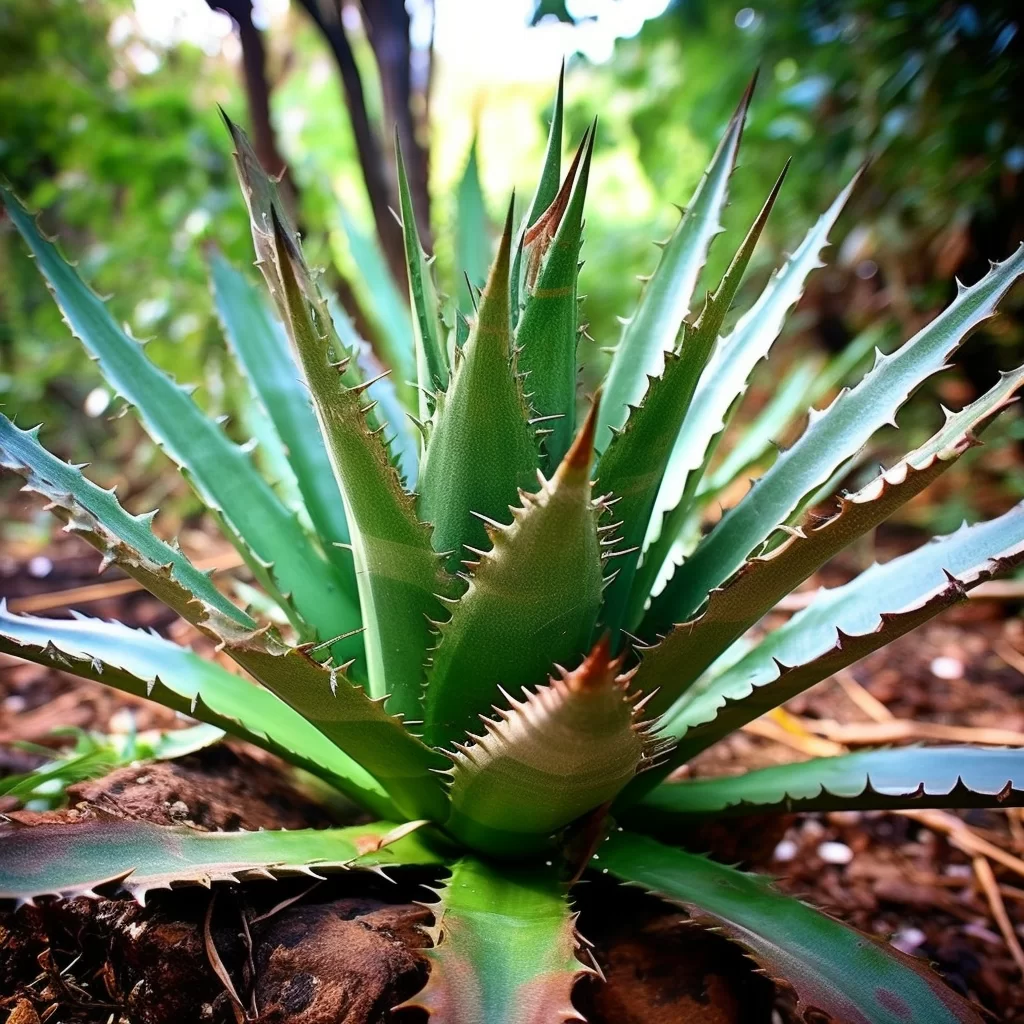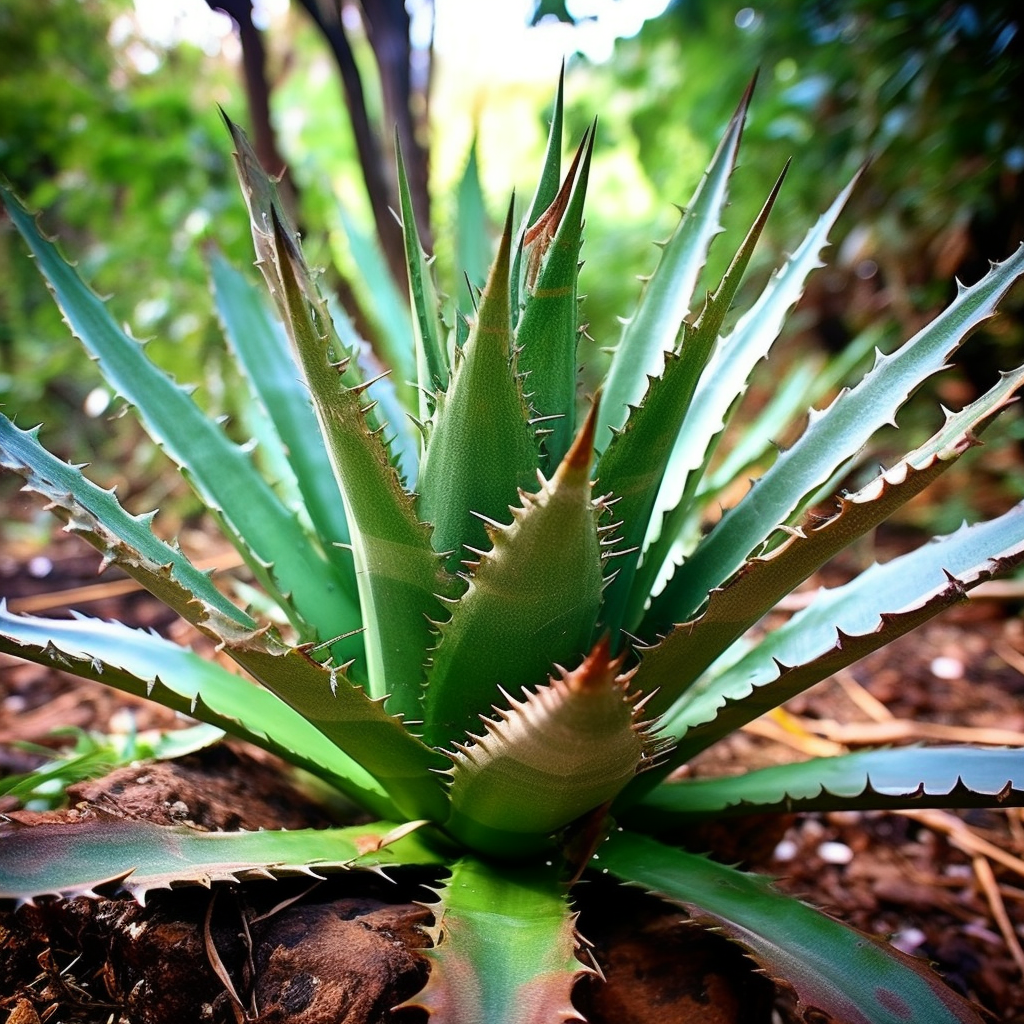Story of Day :
Contents
The Ultimate Guide to Maguey Plant Care and Tips
If you’re a gardening enthusiast who loves experimenting with different types of plants, the maguey plant should be on your radar. This beautiful succulent is native to Mexico and is also known as the agave or century plant, due to its impressive lifespan – it can live for over 100 years!
What Is A Maguey Plant?
The maguey plant is a large succulent that belongs to the Agavaceae family. It has thick, fleshy leaves that grow in a rosette pattern and can reach up to six feet in length. The leaves are armed with sharp teeth along their edges and end in sharp points.
Mexican people have been using this plant for centuries because of its versatile nature. Maguey plants were used by Aztecs for food, fiber, medicine, alcoholic beverages like tequila or mezcal.
- Magueys are herbaceous perennial plants
- They grow best in places with hot temperatures like deserts or dry climates
- They require minimal watering as they store water reserves within their leaves
- Mature plants produce flower stalks that can reach up 30 feet tall before dying off after flowering.
Maguey Plant Care Tips:

Lights:
The maguey plant thrives when placed in bright sunlight but requires some shade protection during peak summer hours. Therefore it’s best to place them next to windows facing south-west light exposure.
Soil Requirements:
A well-draining soil mix ensures better growth of magueys since they do not enjoy being waterlogged. The best soil mixture should be a blend of sand, loam, and gravel mixed in equal proportions.
Water:
Magueys are drought-resistant plants. They do not require frequent watering since they can store water reserves within their leaves to survive prolonged periods without access to water. It is only necessary to water them once the top layer of soil has dried out thoroughly.
Fertilizer:
You don’t have to apply fertilizer for a maguey plant frequently as overfeed can harm it but if you’re growing one in a pot or container, it might benefit from an annual application of slow-release fertilizer during early springtime just before the growing season begins.
Propagation:
The Maguey plant mainly propagates through offsets produced at its base after flowering or via seedlings. To propagate these plants from offsets use sharp shears or knife blades and cut them off the main stem as close as possible without damaging any other parts such as roots that might be present on their surface.
- Dig out a hole that’s twice the size of your offset
- Fill the hole with well-draining soil mix
- Place your offset into the ground with its base levelled with soil surface
- Gently tamp down around your new plant and water until moistened evenly throughout its root zone area
Pests and Diseases That Affect Maguey Plants:
Magueys are naturally resistant to pests like mealybugs, spider mites, scale insects etc. However when grown indoors bacterial soft rot can occur which causes leaves near roots turning brown or black then detach themselves below leaving behind dark areas where stem meets leaf rosette.
It is best to keep an eye on the plant and avoid overwatering or allowing it to remain in a cold, damp environment for too long, which can lead to bacterial rot.
Conclusion:
Maguey plants are sturdy plants that add a unique touch of diversity and charm when added into any landscape. They require minimal care, making them ideal for gardeners with busy lifestyles or those who want something easy-to-grow but still beautiful. Keep these tips in mind when caring for your maguey plant so that it remains healthy and vibrant year-round!
